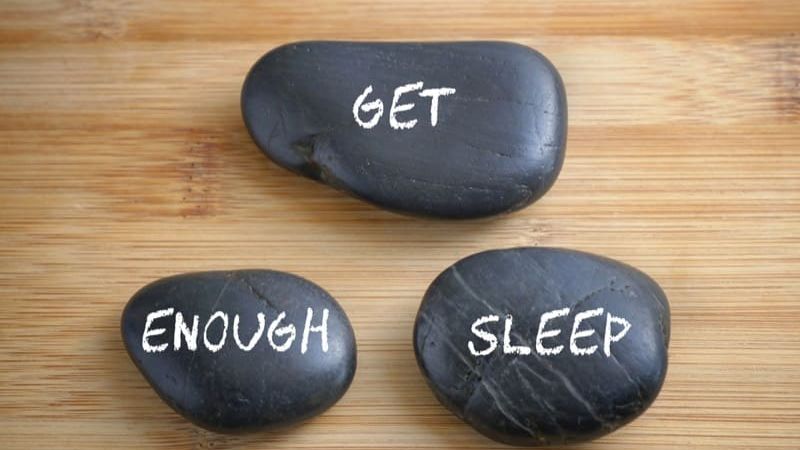

Our Review Process
Our articles undergo extensive medical review by board-certified practitioners to confirm that all factual inferences with respect to medical conditions, symptoms, treatments, and protocols are legitimate, canonical, and adhere to current guidelines and the latest discoveries. Read more.
Our Editorial Team
Shifa Fatima, MSc.
Author
Dr. Apoorva T, MHM.
MEDICAL ADVISOR
Diabetes and Mindfulnes
Diabetes is one of the most prevalent and costly chronic conditions that imposes many limitations to the activities of an individual living with it. There are multiple studies that have proved that mindfulness-based stress reduction training has a positive effect on the quality of sleep and psychological distress in people with type 2 diabetes.
Table of Contents
What is Mindfulness?
Mindfulness can be defined as a heightened sense of present or centred self-awareness that fosters non-judgemental observations of emotions, bodily states and other sensations leading to holistic wellbeing. (L. Medina et al, 2017) This state of awareness can be enhanced through the use of mindfulness-based interventions (MBIs), which are preventive and complementary interventions in T2DM, particularly for the relief of symptoms related to depression, anxiety, diabetes-related distress and insomnia. (Keng, S. et al, 2011)
Why is Mindfulness important for a person with Diabetes?
According the Bishop’s Theory (Bishop S. et al, 2004), Two Components in the Mindfulness Model are-
- Self-regulation of attention to focus on immediate experience, allowing mental events to be recognized in the present moment.
- Orientation of experience towards the present moment, leading to openness, curiosity, and acceptance.
Addressing emotional eating is another important component of mindfulness and effective weight-management strategies. Some people turn to food as a response to emotions. Collaborating to identify coping strategies like meditation, yoga and mindful eating techniques supports their efforts to respond to emotions while eating a nutritious diet. Building a behaviour change plan around past strategies and what is important to the individual is a way to set up each person for success. (Koshki & Haroon, 2019)
Mindfulness-based interventions can successfully target negative perseverative cognitions such as worry and thought suppression and have positive effects on stress reduction, on the quality of sleep, anxiety, depression, and stress in people with type 2 diabetes. Meditation and other mindfulness skills led to improved sleep, greater relaxation, and more-accepting approaches to illness and illness experience. Also know about yoga for diabetes
What are Mindfulness-Based Interventions and their Benefits?
The practice of meditation is associated with greater voluntary control of the mind and emotions, which helps reduce reactions to stress and improves an individual's coping skills, attention and awareness. Meditation interventions like MBSR (Mindfulness-based stress reduction) can be a good way to reduce psychological distress, improve mood and develop positive coping skills.
Various Studies have described how Mindfulness-based stress reduction was associated with significant improvements in diabetes distress, weight, glycaemic control and blood pressure control, thus improving heart health.
Effect of Mindfulness Meditation on various areas of Diabetes Care


Can Sleep Quality be defined and measured?
Sleep disturbance is a common health complaint affecting a lot of the general population. Accumulated sleep deficiency can increase the risk for mood and anxiety disorders, cognitive impairment, and a variety of medical conditions, including cardiovascular disease and obesity. (Morrin & Jarrin, 2013) The practice of Mindfulness, designed with a focus on sleep, provides an opportunity to create the mental space needed to allow sleep to come back where meditation is effectively combined with other strategies to change behaviours that might be causing poor sleep.
How is Sleep related to Diabetes?
Getting anything less than 7 hours of sleep per night makes it harder to manage your diabetes. Too little sleep can not only increase insulin resistance and make you hungrier the next day, but also reduce how full you feel after eating. Due to unstable and fluctuating blood sugar levels and its symptoms from High and Low blood sugar during the night can lead to insomnia and next-day fatigue.
In conclusion, it is evident that the relation between your sleep quality, duration and pattern can determine how easy or hard it may be to maintain Glycemic Control?
FAQs
How do you apply mindfulness in everyday life?
Mindfulness is being actively present at the moment. There are different ways to practice mindfulness.
- By doing meditation
- By practicing yoga
- Paying attention to physical sensation without judgement
- By practicing gratitude
- Consciously checking on your body
- Conscious attention to the five senses
- Observe consciously your thoughts
- Mindful eating
- Practice active listening with your ear, heart, and intuition
- Observe the surroundings
What is high-quality sleep?
A good night’s sleep is as important as regular exercise and a healthy diet. High-quality sleep means falling asleep immediately after going into bed within 20-30 minutes or even less. This also means sleeping straight or in one position throughout the night without waking up more than once per night.
What is the difference between quality sleep and deep sleep?
When we talk about sleep, quantity, as well as quality, is of utmost importance. Most adults need 7-9 hours of sleep, but a lot depends on what happens in those hours of sleep to make the person feel either restful or restless. Quality sleep ensures one gets the essential physical, emotional, and mental benefits needed from the slumber. There are different stages of sleep. Deep sleep is stage 4 wherein your breathing, body temperature, heartbeat, and brain waves reach its lowest level. This means your complete body system is extremely relaxed. Moreover, you are in your deepest sleep pattern.
References
- https://www.ncbi.nlm.nih.gov/pmc/articles/PMC6557693/
Disclaimer
This website's content is provided only for educational reasons and is not meant to be a replacement for professional medical advice. Due to individual differences, the reader should contact their physician to decide whether the material is applicable to their case.








